WTI crude oil continued to gyrate lower this week. EU has yet confirmed banning Russian coal and even if they do, it’s not expected to take effect until August. Oil embargo is not in sight. Meanwhile, oil demand in China is not looking good as coronavirus lockdowns put activity in Shanghai into a halt.
Anyway, the current fall from 118.57 in WTI crude oil is seen as a leg inside the medium term corrective pattern from 131.82. Deeper decline might be seen through 93.98 support. But strong support should be seen at around 85.92 resistance turned support to bring rebound.
On the upside, break of 106.59 resistance will bring rebound back to 118.57 resistance and possibly above. But there is no scope in break through 131.82 high for the near term. The corrective pattern will take a while to complete.




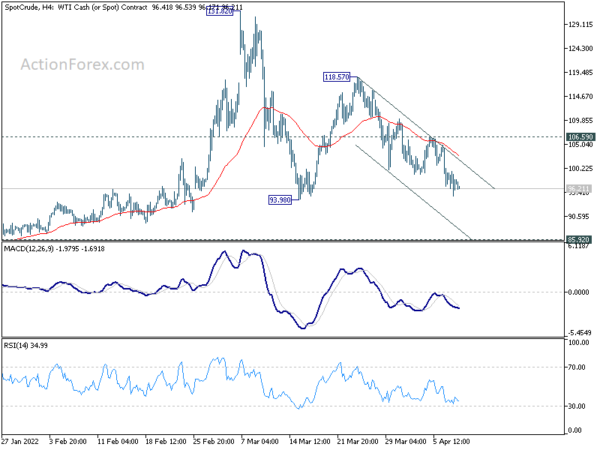
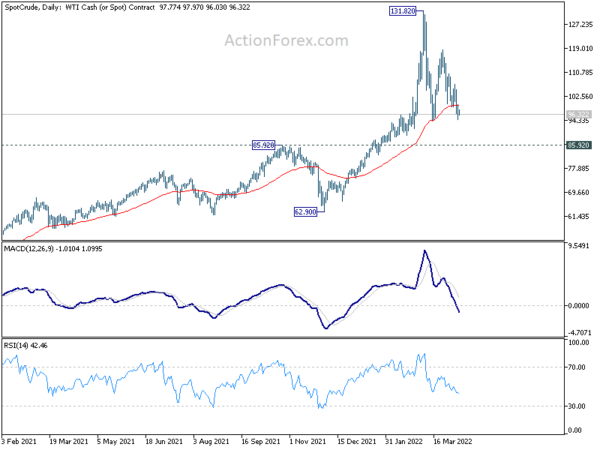
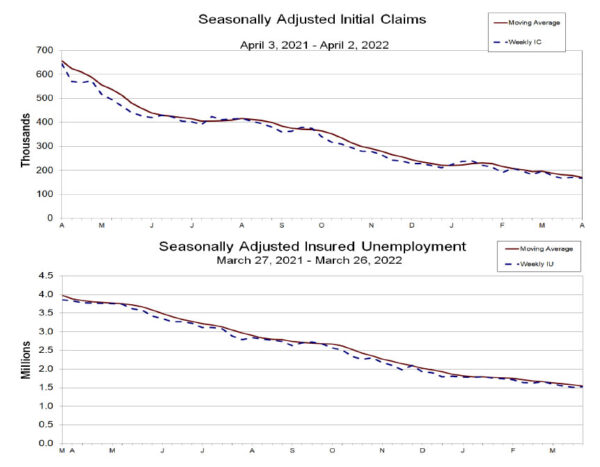
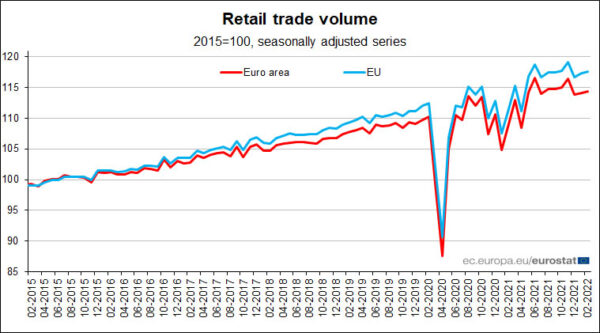
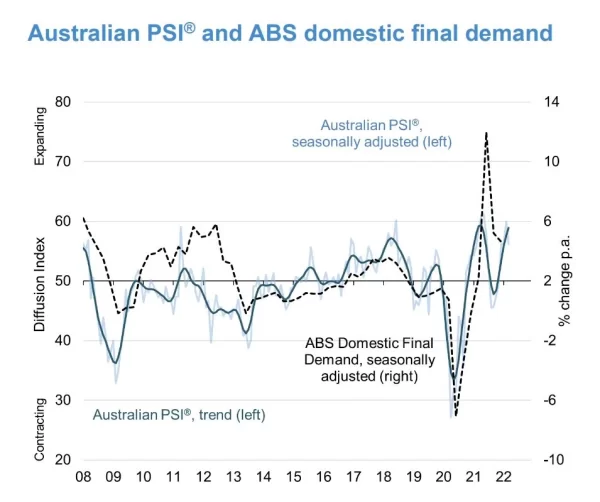
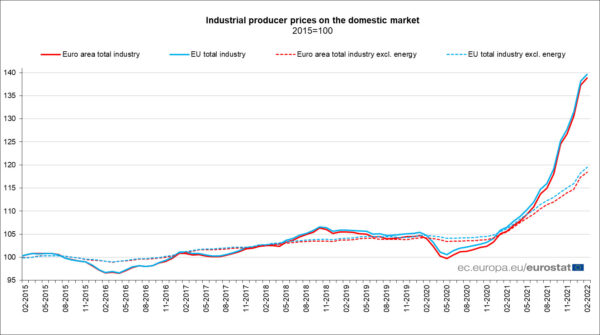
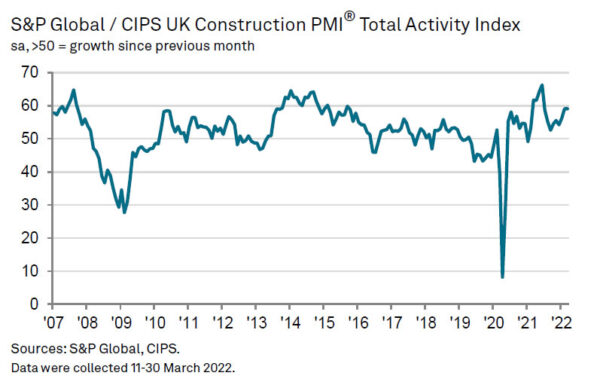
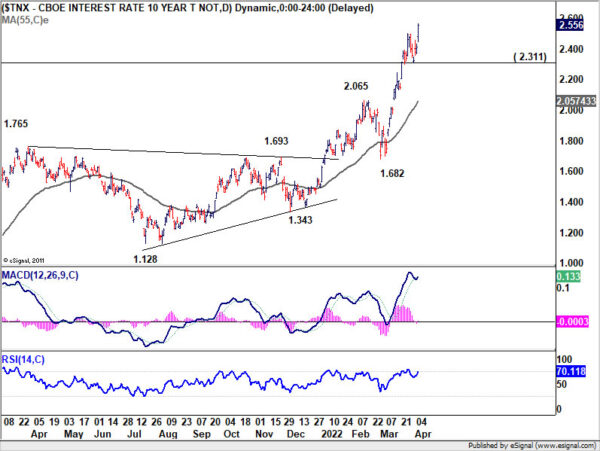
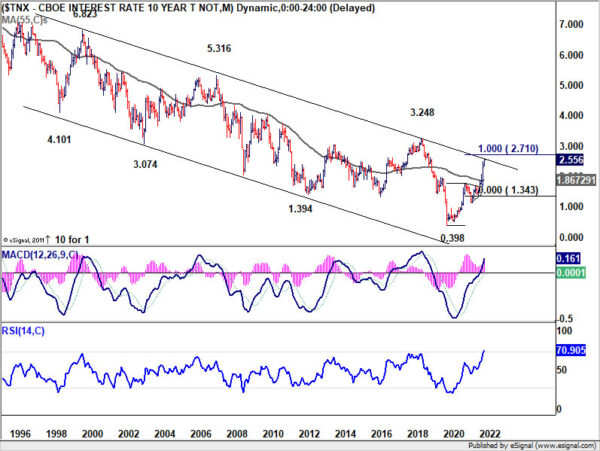
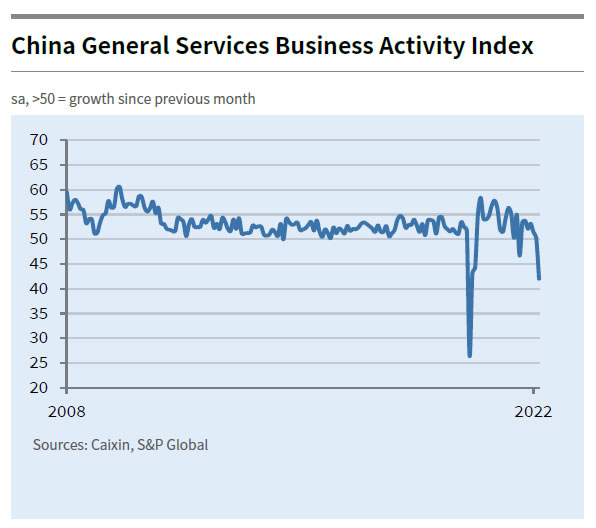
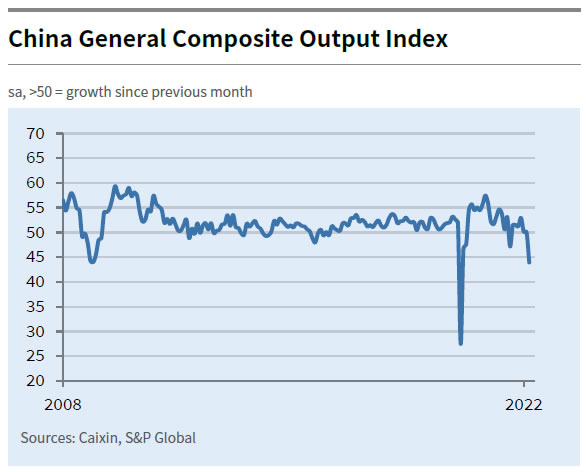

Canada employment grew 73k in Mar, unemployment rate dropped to record low 5.3%
Canada employment grew 73k, or 0.4% mom, in March, slightly below expectation of 78k. The growth was driven by 93k rise in full-time jobs. Services-producing jobs rose 42k while goods-producing jobs rose 31k.
Unemployment rate dropped -0.2% to 5.3%, lowest on record since 1976. Total hours worked rose 1.3% mom. Average hourly wages rose 3.4% yoy.
Full release here.